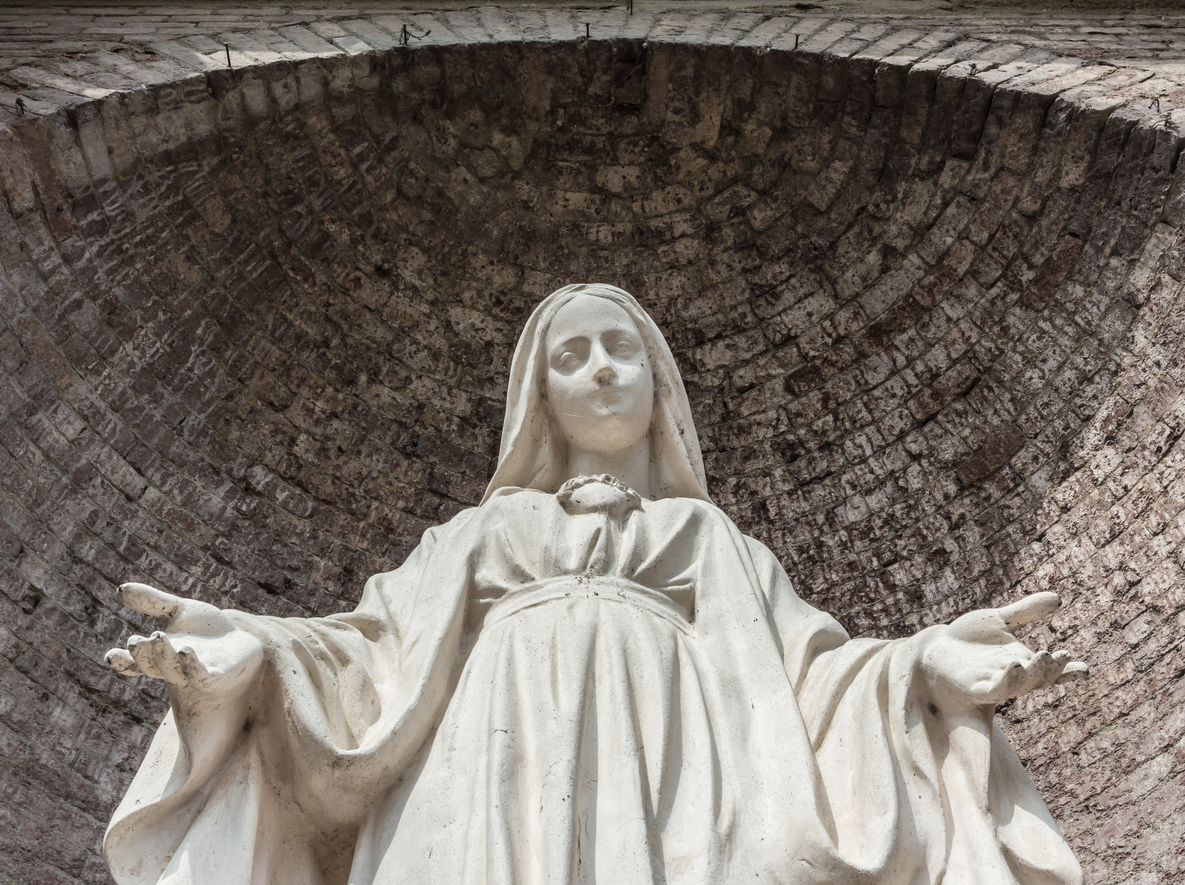
The Solemnity of Mary, the Mother of God
On December 30, the Catholic Church celebrated the Feast of the Holy Family of Jesus, Mary, and Joseph, which, according to Pope Paul VI’s 1974 apostolic letter, Marialis Cultus, “meditates with profound reverence upon the holy life led in the house at Nazareth by Jesus, the Son of God and Son of Man, Mary His Mother, and Joseph the just man.”
Later this week, on January 6, is the Solemnity of the Epiphany of the Lord, in which the Church celebrates the universal call to salvation. Part of this solemnity is the revelation of Jesus’ divinity through the miracle at Cana, which I will touch upon in my next post.
In between the two, on the first day of the new year—today—is the Solemnity of Mary, the Mother of God. It is on this day, a holy day of obligation within the Catholic Church, that we are reminded of the motherhood of the Blessed Virgin Mary. Through her fiat—“Let it be to me according to your word”—Christ’s birth and our salvation were made possible.
In speaking to Mary’s “motherhood” we must go back nearly 1,600 years to fully understand how the term is used within the Church. The Gospels tell the story of the Annunciation, the Incarnation, the Nativity, but for many in the early Church there was disagreement on whether Mary could be called the mother of Jesus in his divinity as well as in his humanity.
It was not until 431 A.D., during the Council of Ephesus, that the Church dogma decreed that Mary was the “Theotokos,” the mother of Jesus in his divinity. The Church stated that Jesus is both divine and human, at once the Son of God and the Son of Man. Mary’s title referred not to the Mother of God the Father, but rather the Mother of God Incarnate.
If we want to know what Mary looked like, feminize the features of Jesus on the Shroud of Turin, and one will see a portrait of his mother. As Jesus grew in her womb, Mary nurtured him with her body. During his birth, she suffered the pangs of childbirth, as foretold in the proto-evangelium and as described in Revelation, and Jesus was born in the usual way. Mary nursed Jesus with milk produced in the usual way from her body. She ministered to him in changing him, cleaning him, feeding him, and clothing him. As he grew, she was there to help him and comfort him as a mother would her child, from her intercession at the wedding at Cana to her presence at the foot of his cross.
The Solemnity of Mary, the Mother of God was once celebrated in October. In 1969 the liturgical calendar was revised and it was moved to January 1. Pope Paul VI explained the reasoning for this in his 1974 apostolic letter: “In the revised ordering of the Christmas period it seems to us that the attention of all should be directed towards the restored Solemnity of Mary the holy mother of God. This celebration, placed on January 1 in conformity with the ancient indication of the City of Rome, is meant to commemorate the part played by Mary in this mystery of salvation. It is meant also to exalt the singular dignity which this mystery brings to the ‘holy Mother…through whom we were found worthy to receive the Author of life.’ It is likewise a fitting occasion for renewing adoration of the newborn Prince of Peace, for listening once more to the glad tidings of the angels, and for imploring from God, through the Queen of Peace, the supreme gift of peace.”
As we begin the new year, let us draw inspiration from Mary’s devotion to God and to her Son, and meditate on the remarkable woman and mother that she was.
